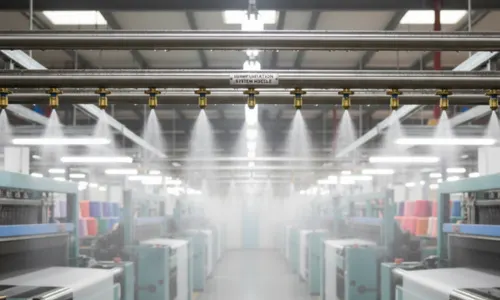- HOME
- SPRAY NOZZLE
- OUR SOLUTIONS
- DUST SUPPRESSION SYSTEM
- DRY FOG DUST SUPPRESSION SYSTEM
- DUST SUPPRESSION SYSTEM FOR MINES
- DUST SUPPRESSION SYSTEM FOR CRUSHER PLANTS
- DUST SUPPRESSION SYSTEM FOG CANNONS
- DUST SUPPRESSION SYSTEM FOR COAL HANDLING PLANTS
- MINES HAUL DUST SUPPRESSION SYSTEM
- WATER SPRINKLER SYSTEM FOR COAL YARD
- PLAIN WATER DUST SUPPRESSION SYSTEM
- WET FOG DUST SUPPRESSION SYSTEM
- WAGON TIPPLER DUST DUST SUPPRESSION SYSTEM
- WASTE WATER MIST EVAPORATER
- VEHICLE WASHING SYSTEM
- WIND FENCE FOR DUST CONTROL
- SOLAR PANEL CLEANING SPRINKLER SYSTEM
- DUST SUPPRESSION SYSTEM FOG CANNONS
- DUST SUPPRESSION SYSTEM
- INDUSTRIES
- APPLICATIONS
- DUST SUPPRESSION SYSTEM
- FIRE PROTECTION
- FLUID MIXING AND AGITATION
- FOAM CONTROL
- FOOD PROCESSING
- GAS COOLING NOZZLES
- GAS SCRUBBING
- HUMIDIFICATION NOZZLE
- SPRAY NOZZLES FOR INJECTION OF FLUIDS
- LUBRICATION
- MOISTENING
- ODOUR CONTROL
- PRETREATMENT
- SPRAY COATING
- SPRAY COOLING SYSTEMS
- SPRAY DRYING
- SPRAY NOZZLES FOR CLEANING
- STORM TANK CLEANING
- TANK CLEANING
- CONTACT US

